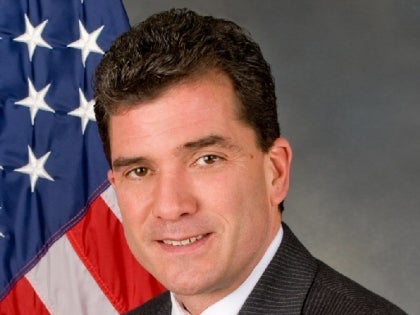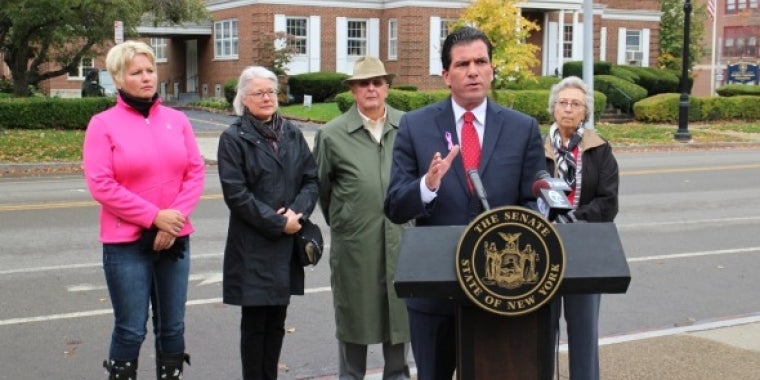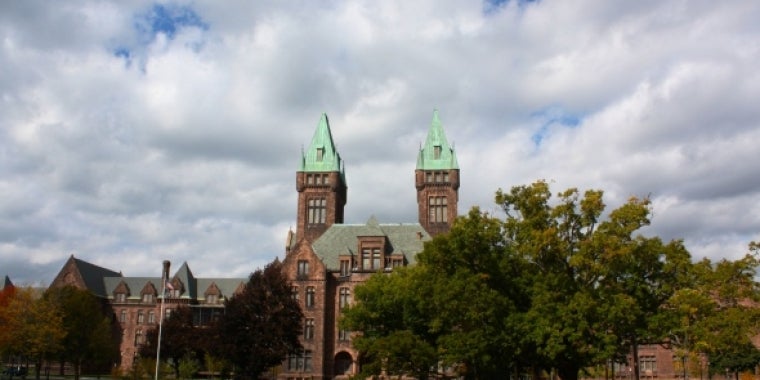Senator Mark Grisanti (R-60) today announced passage in the New York Senate of his bill S-6646 that amends the executive law to make the Buffalo River classified an inland waterway paving the way for the application of federal funds to assist with the restoration and protection of the river.
The Buffalo River is the river that empties into the eastern end of Lake Erie between the United States Coast Guard Station and the Erie Basin Marina. It is the Buffalo Creek until it reaches the western border of the Town of West Seneca as it receives the contents of the Cayuga and Cazenovia Creeks. The Buffalo Harbor includes a series of federal navigation channels designed so that deep-draft commercial vessels can safely navigate the harbor.
“The waterway that the City of Buffalo gets its name from deserves to be protected and preserved,” said Senator Mark Grisanti (R-Buffalo), Chairman of the Senate Committee on Environmental Conservation. “I am pleased that the Senate has passed this bill to reclassify the Buffalo River as an inland waterway thus making it a part of the federally funded Inland Waterway System. With the passage of this bill in the Assembly we can begin to apply for the appropriate funding and care from the Army Corp of Engineers for the Buffalo River.”
There are approximately 12,000 miles of fuel-taxed federal waterways known as the Inland Waterway System (IWS) which are managed by the US Army Corps of Engineers. These waterways cover 38 states and handle approximately half of all inland waterway freight.
The Corps develops, operates and maintains the infrastructure of these commercial waterways and maintains and regulates the channel depths through dredging and water management. Costs for maintenance and construction on inland waterways are funded through Congressional appropriations to the Corps and the commercial user industry who pay a user fee to the federal government.
Today, inland intracoastal and lake wise waterway traffic accounts for around 8% of domestic annual freight tonnage in the United States. Along with freight rail, inland waterways are a primary means of transport for the nation’s grain and oilseed exports and also for raw materials and liquid and bulk products such as coal, petroleum, chemicals, processed metals, cement, sand and gravel.



